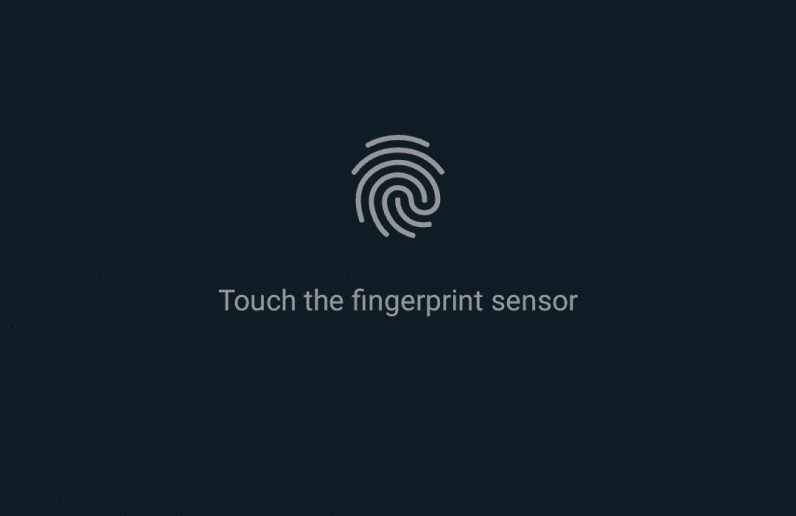While Apple still figures out how to put a fingerprint scanner in its upcoming iPhone’s display, Xiaomi’s upping the bar. The Chinese smartphone company recently patented a technology that’ll offer fingerprint scan functionality across a whole smartphone screen.
This is according to the Chinese national patent database (via GizmoChina). It’s an interesting concept, but we foresee some security issues if the tech makes it to market.
Basically, the smartphone’s full front display will have the capacity to accept a fingerprint to unlock the device. Fingerprint scanners are a fairly common option for biometric security for most Android phone users. And Xiaomi knows that.
In the patent, Xiaomi details that the feature will work using an array of infrared LED transmitters and an array of receivers. On top, you have the traditional touch-AMOLED display – but the infrared sensors are the foundation of the company’s proposed full-screen fingerprint sensor tech.
How Xiaomi’s unlock tech will work
Once a user places their finger on the display, the capacitive touch screen will register a touch and fire up those infrared oaks. It captures the position and shape of the fingertip, and the infrared transmitters begin emitting light right there. There where the fingertip touches the display only – those emitters won’t light up around the finger.
That’s a lot of processes that have to fire consecutively – but with modern mobile computing technology, it should happen in a fraction of a second, ideally.
After the infrared dudes start lighting up below your (hopefully clean) finger, it’ll reflect back and reach those receivers. This data is then compiled to either recognise a fingerprint contour map or not. If it does, you’ll successfully unlock the phone by placing your finger just about anywhere on the screen.
We suspect this type of technology may need an additional layer of security. If simply touching the screen (even accidentally) means it’s now unlocked, it may cause issues. It’s not uncommon to pick up or hold a device with one of your fingers on the screen. This could even translate into many more accidental calls and messages if it’s rolled out to the mass public.




